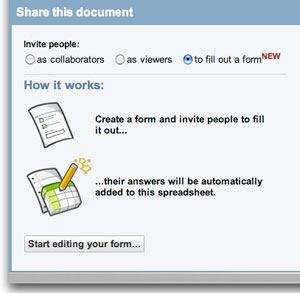 Inside AdSense: How does AdSense impact your business?
Inside AdSense: How does AdSense impact your business?Peter Clee: It has reinforced our view that creating good, relevant content is what we, as publishers, should be all about. AdSense is a stress-free and rapid way to support new sections and features on your site, ensuring you have a degree of monetisation before you even consider additional revenue streams. If a section works well with AdSense you quickly learn it is worth investing more time and energy into expanding its content. Additionally, with future redesigns of the site we will be thinking of how to incorporate AdSense-friendly ad positioning from the get-go.
IA: What problems have you faced in the past in monetising your site?
PC: Over the last eleven years we have had time to build up a portfolio of revenue streams across the site. I guess the important thing is not to get too disheartened when a new method flops. I’d say about one in ten of our ‘really great ideas’ actually pays off, one in five really flops, and the rest do somewhere in the middle. The key is to nurture your winners and improve your near things, while quietly disposing of the failures. Thankfully, AdSense has proved to be a winner from the moment we implemented it onto our sites.
IA: What has been your overall experience with AdWords?
PC: It’s particularly useful for supporting new, smaller sites such as www.myflatincannes.com to create a web presence and readership. With a more established site such as LondonNet.co.uk, it's great at boosting strategic parts of the site and attracting new readers to key revenue generating areas. Also, the system is easy to set up and operate. To maximise your returns you need to make regular checks to ensure your bid positions and keywords are working effectively.
IA: How exactly do you use AdWords to achieve your goals?
PC: We research a cluster of relevant keywords and test the predicted and actual bid ranges. Then we spend time to fine-tune their effectiveness, where appropriate, using the conversion measures. Like most things it takes a little time to fine tune and maximise your returns.
IA: Would you recommend AdWords to other publishers?
PC: Absolutely. It’s a major weapon in the web marketer’s arsenal.
If you'd like to learn more about advertising with Google AdWords, visit the AdWords homepage to get started.







